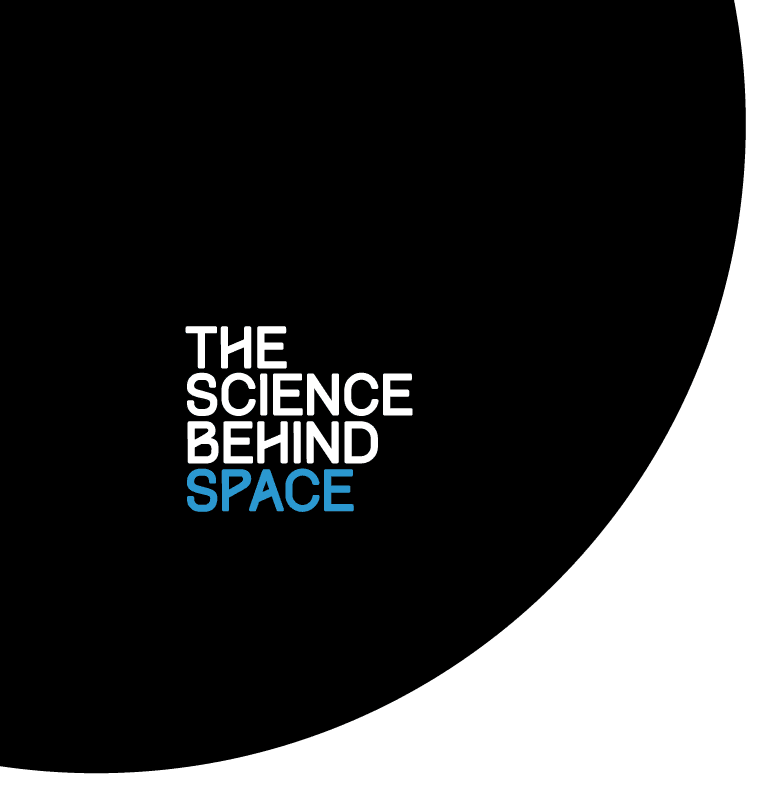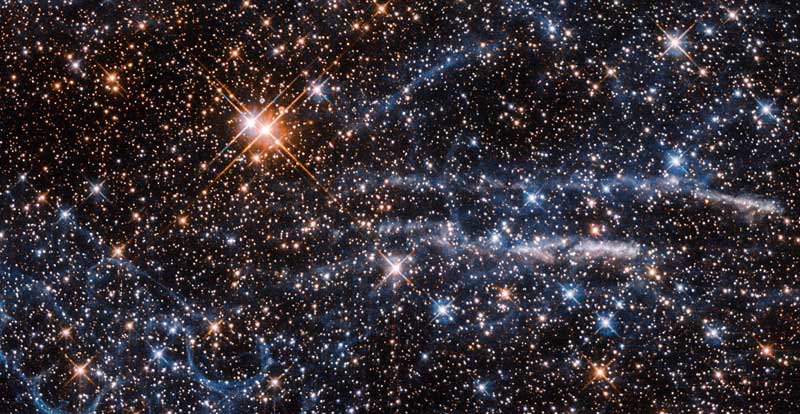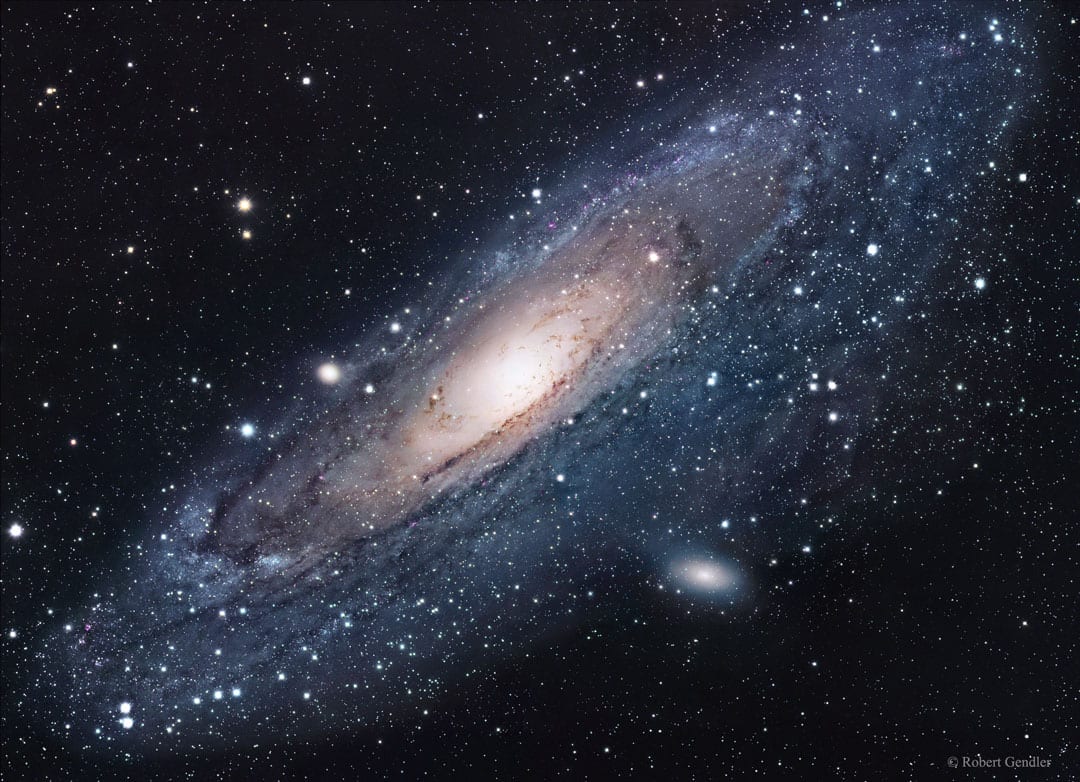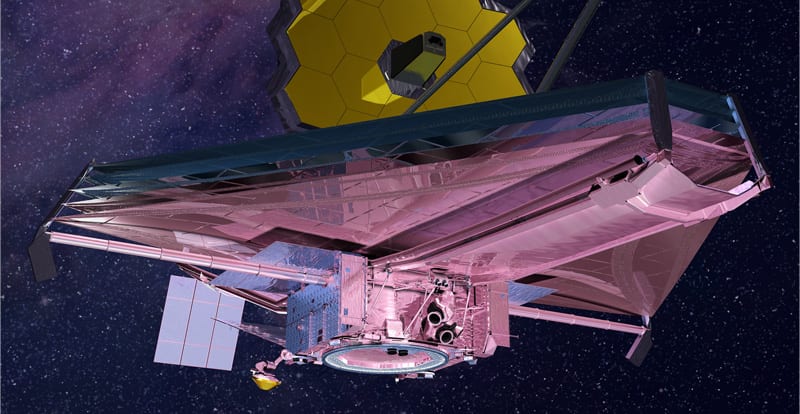Not that kind of inflation. Many features of today’s universe make sense if space underwent an extraordinary expansion very early in its history. According to inflation theory, the universe expanded dramatically a tiny fraction of a second after the Big Bang, driven by fantastic quantities of energy contained in space itself. After this period of inflation, the universe continued to expand and cool, but at a far slower pace.
Inflation stretched space out so quickly that it became extremely uniform. But space is not completely homogeneous. Small fluctuations in the density of matter present in the very early universe were massively amplified during inflation. These density fluctuations eventually created the large-scale structure of the universe, including great sheets, bubbles, and clusters of galaxies.













